Last Updated on April 17, 2024 by Ben
Generations are in the workforce, each with different ideas, skills, and knowledge. They also have other goals and expectations for retirement based on where they are in life. In this article, we will discuss the perspective of two generations on their retirement plans. Keep reading below to know more!
Key Highlights:
- Generations have different ideas, skills, and retirement expectations.
- Millennials and baby boomers have savings accounts but started saving at different ages.
- Emergency funds are a priority for both generations, but millennials prioritize purchasing a home more than baby boomers.
- Millennials have a median savings of $38,192, while baby boomers have $150,425.
- More millennials (55%) than baby boomers (52%) invest in the stock market.
- 40% of millennials have invested in cryptocurrencies, while only 20% of baby boomers have.
- Retirement preparation is a priority for both generations, with 67% of boomers having an individual retirement account compared to 56% of millennials.
- Baby boomers retire at different ages, with 16% already retired and others planning to retire at 70 or 65.
Saving Habits
In terms of age, millennials (87%) and baby boomers (86%) have savings accounts. However, the periods at which various generations began putting money away vary widely. Fewer than half of today’s young adults report they made their first savings at age 17 or younger. However, this differs from the baby boomer generation; 23% started saving after 30, and 21% started saving before 9.
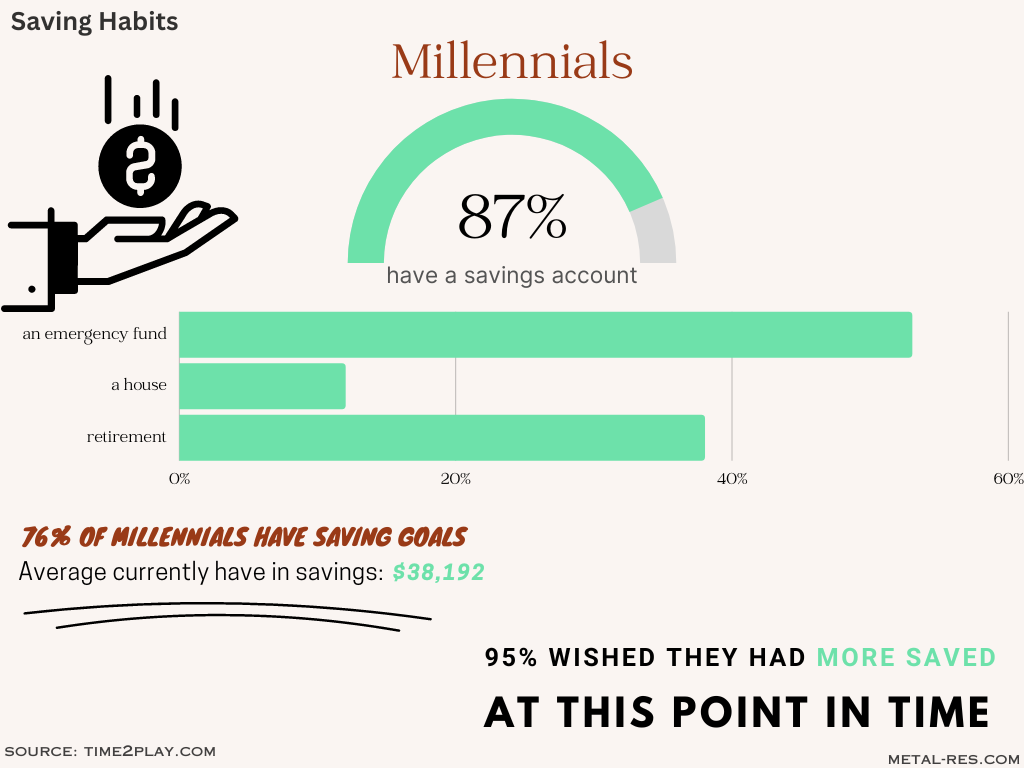


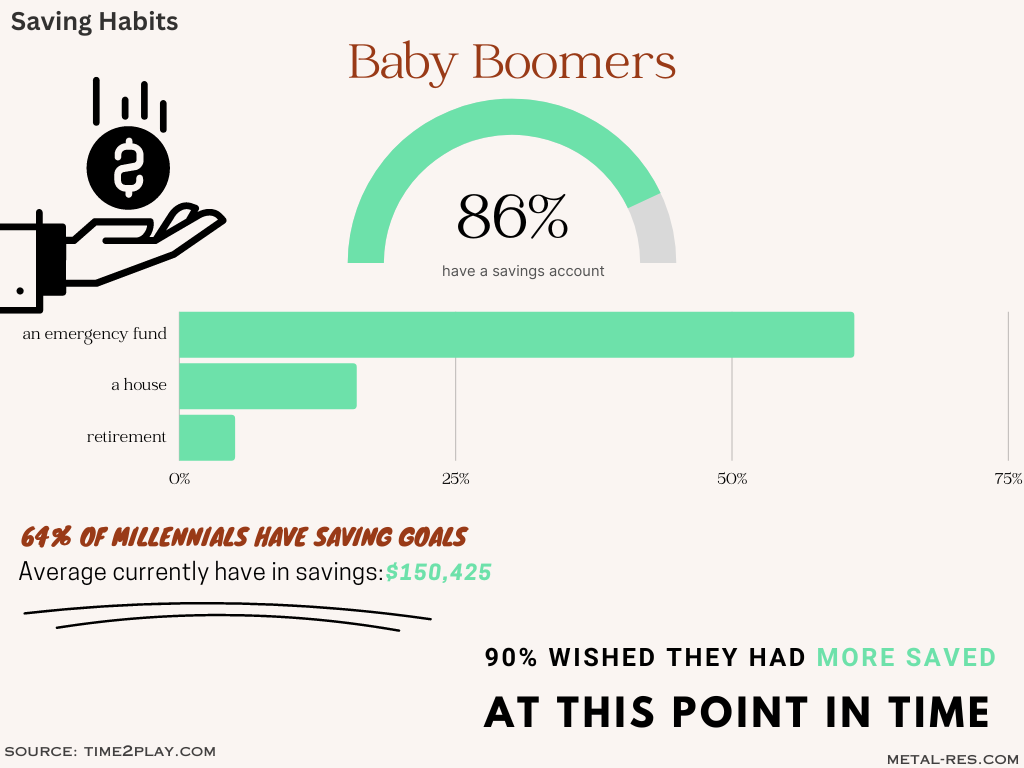


When asked what they think is most important to save for, most millennials (53%) and baby boomers (61%) agree it is an emergency fund. In addition, compared to only sixteen percent of baby boomers, a quarter of millennials rank purchasing a home as the top priority when saving money. Comparatively, only 5% of millennials and 13% of baby boomers value retirement savings as high as other future goals.
Most people of all ages say they are trying to save money. The median savings for a millennial is $38,192, whereas for a baby boomer is $150,425.
Not surprisingly, nearly all members of both generations (95%) desired to increase their savings. The average extra savings millennials and baby boomers wish they had is $188,035 and $486,755, respectively.
Investments
Investing is a strategy people of all ages use to maximize their financial advisors. More millennials than baby boomers invest in the stock market (55% vs. 52%).
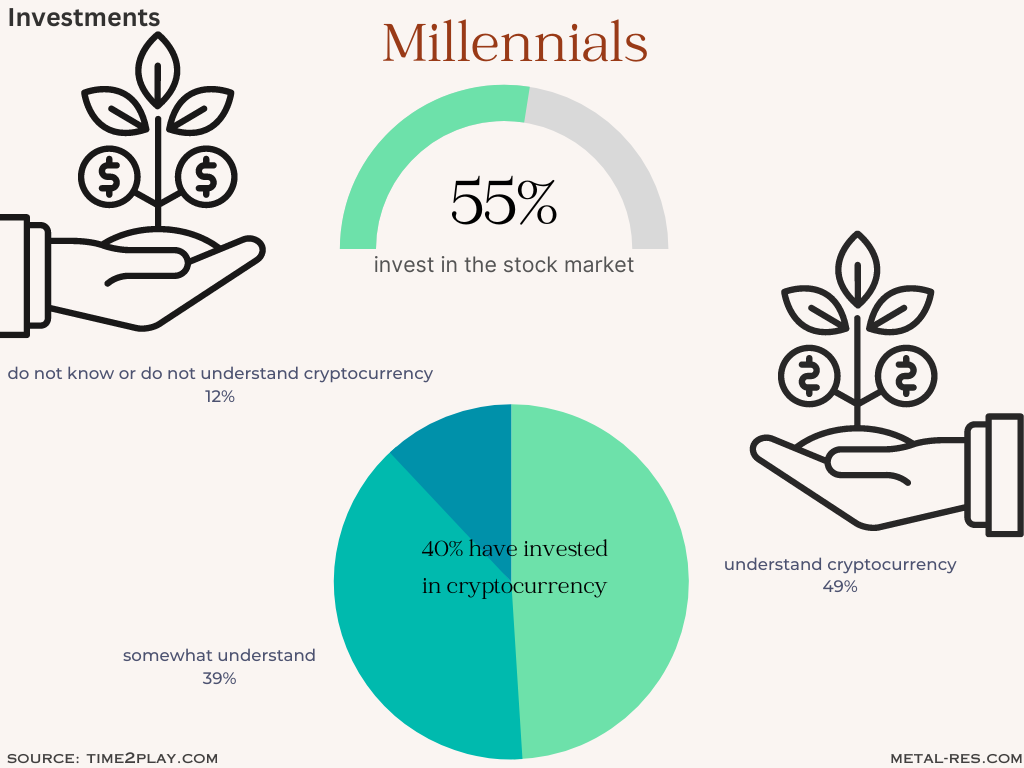


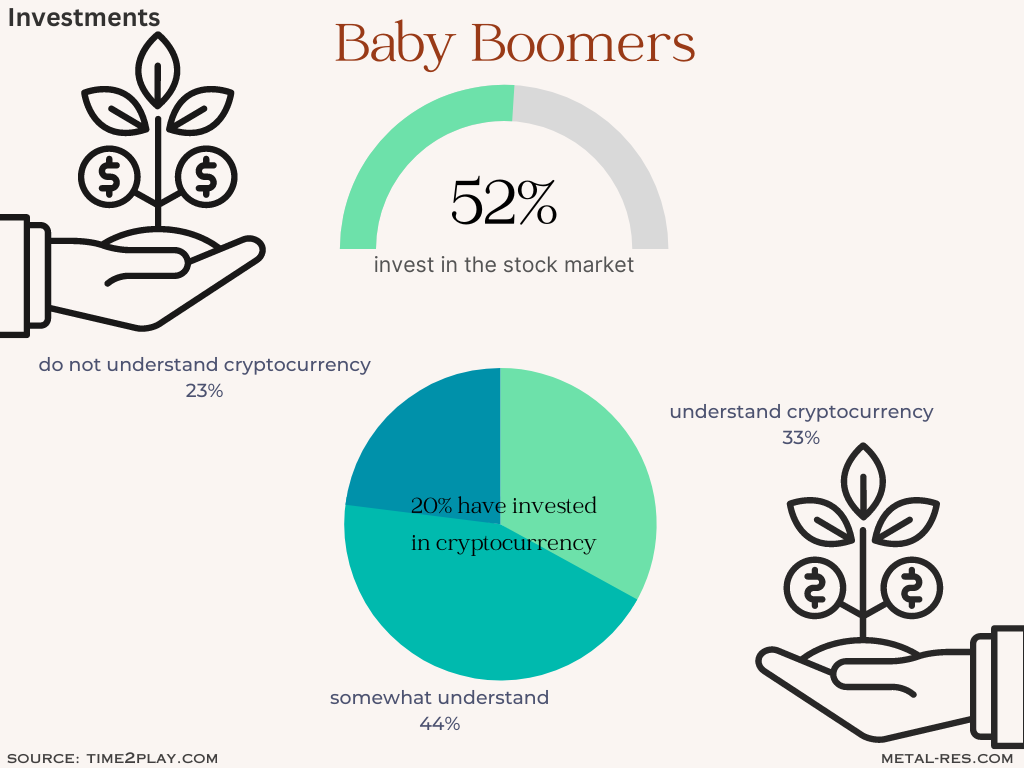


Forty percent of millennials have bought cryptocurrencies, and 49 percent claim familiarity with them. Only 20% of boomers have invested in cryptocurrencies, and only 33% know what they are.
Retirement Savings
Retirement preparation is a priority for both generations. In contrast to the 67% of boomers with an individual retirement account, only 56% of millennials have one. While only 15% of Gen Xers and 20% of Millennials think they can retire at age 70, 20% believe they can retire at age 65, and 19% think they can retire at age 75. That’s why they prefer to get a financial advisor for their financial planning.
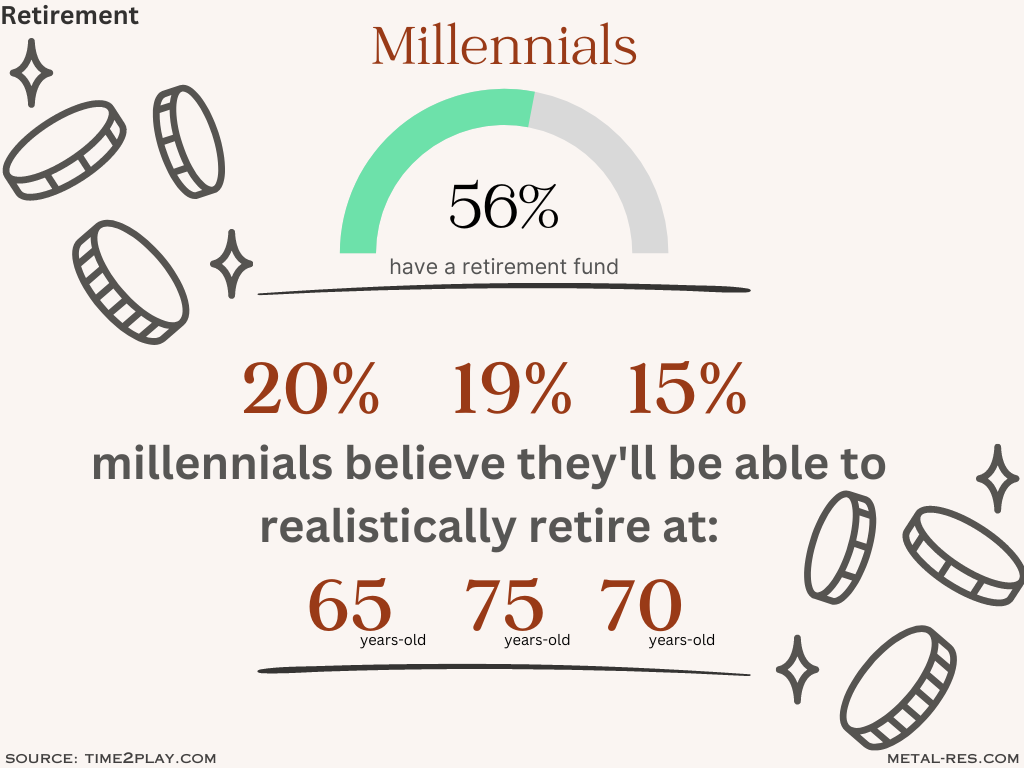


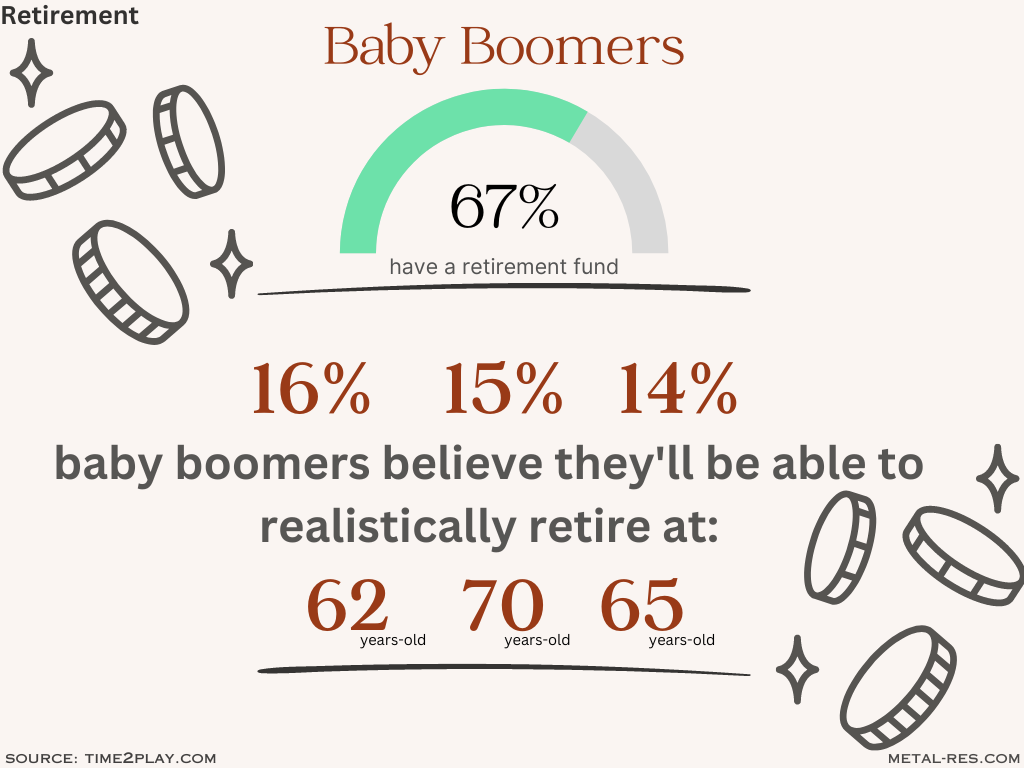


Sixteen percent of boomers have already retired, with another 15% financial security planning to do so at age 70 and fourteen percent at age 65.
What Is a Generation Gap?
Differences in outlook and conduct between people of various generations are called a “generation gap.” The term “generation gap” is commonly used to refer to the disparities between younger and older generations in terms of ideas, behaviors, and preferences.
This could be due to divergent views on politics, values, or mainstream media. Although age gaps have always existed, the distinctions between previous generations have grown more expansive in the twentieth and twenty-first centuries.
Who are the Millennials?
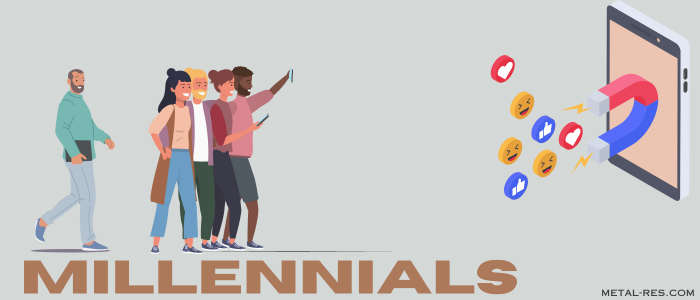


A child of the 1980s, 1990s, or ’00s. “Generation Y” is also used to describe the Millennial generation. The term “millennial” refers to a generational cohort, similar to “Generation X” or “Baby Boomers.” Using these labels facilitates the identification of subsets of the population with shared characteristics. It’s vital to remember that the dates used to define contribution plans for this generation (and others) are based purely on statistics. Few people, for instance, consider themselves members of the Millennial or Gen X generations.
Compared to other generations, millennials’ personal and retirement income or retirement savings are solidly in the pack’s center.
The average 401(k) balance for people 25–40 years old is $63,300, while their savings are $51,300. This is what the results of a poll of over 2,000 U.S. citizens found from Northwestern Mutual’s 2021 Planning & Progress Study.
Characteristics of Millennials
Employee loyalty can be fostered by recognizing and capitalizing on the distinctive qualities of today’s millennial workforce. They will go in a hurry if you don’t care for their needs and ensure a pleasant working atmosphere. These traits, from a penchant for technology to a penchant for teamwork, indicate millennials in the workplace.
They are Technology Natives
They prefer electronic communication like email, texting, and messaging applications to more traditional methods like phone calls and in-person meetings, and they are open to new communication technology. They anticipate their companies providing them with technology access, particularly mobile apps.
They Crave Work-life Balance
Many millennials saw their parents work tirelessly for years during the great recession before finally being laid off. They also experienced the terror of 9/11 firsthand. Both of these occurrences altered their outlooks on work and life.
Consequently, millennial workers strive for a work-life equilibrium. Many value time with loved ones and adaptable scheduling more than financial social security benefits. This tool can help startups and independent entrepreneurs compete with larger firms for top personnel.
They Anticipate Teamwork
The average millennial employee isn’t a loner; they prefer collaborating with people in the company, typically from different areas. The millennial generation places a premium on teamwork, which could have been more challenging during the pandemic if not for their familiarity with modern technology. Even if they are working remotely, millennials still need to feel like they are contributing to the team and making an impact.
Who are the Boomers?
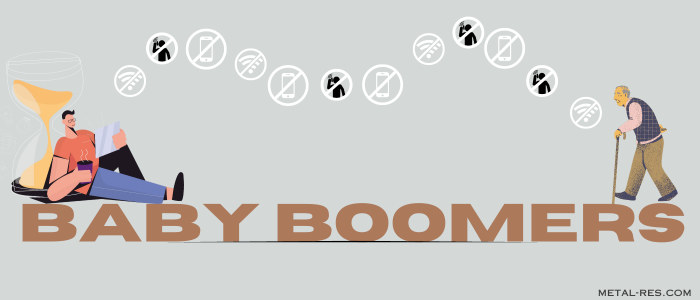


Those born between 1946 and 1964 are often called “baby boomers.”
The baby boomer generation in developed countries accounts for a sizable percentage of the total population.
As of July 2019, 73 million people in the United States call it home, according to the most recent census data.
Historians agree that the baby boom was caused by a confluence of causes, including a belief that the postwar age would be a safe and wealthy one and the desire of individuals to start the kids they had put off finally. Wages rose, businesses thrived, and consumers had access to a broader selection and greater quantity of goods in the 1950s.
Characteristics of Baby Boomers
Many sectors of the economy can only function with the contributions of baby boomers. They have a standard set of traits and values that may be similar to or different from those of earlier generations. Learning these traits can help you better understand how to communicate and collaborate with people of the millennial generation. In this piece, we’ll discuss what the baby boomer generation is, what makes them unique, and how to communicate effectively with them.
Although not all baby boomers share the same characteristics, here are some generalizations about this group that may come up in professional interactions:
1. A diligent and dedicated work attitude
Most members of the baby boomer generation are dedicated workers who place a premium on their careers. These workers are proud of their achievements and tenure with the company they represent. They recognize that getting forward requires putting in long hours and are willing to give up some of their time in exchange for professional success. Many people of this age were raised in strict environments, and they may apply that strictness to their professional lives.
Some members of this generation may keep working past the traditional retirement age, albeit they may shift to a different line of work. Some people may work voluntarily, while others seek temporary or seasonal employment. This generation is likewise eager to acquire new knowledge and abilities to remain competitive in the workplace. They are capable of intense concentration and narrow in on a single subject.
2. Independent
Many people of this age were brought up to value independence and hard effort as necessary for success. They favor figuring out issues on their own and rarely need assistance from others. Many members of the baby boomer generation would instead complete tasks independently. These folks have plenty of self-assurance and aren’t scared to question the status quo at work.
3. Competitive
Baby boomers felt the increased level of competition for jobs. Their early years of schooling have instilled in them a healthy dose of competition. They do everything it takes to get ahead in their careers and get the recognition they deserve. Their competitive nature could be an asset in the workplace. Baby boomers might like their superiors to know they put in extra effort daily at work and appreciate the recognition.
Who are the Gen Z?



Gen Z is the youngest generation after the Millennials and before Generation Alpha. The way Gen Z acts is influenced by their upbringing, just as it is with every other age. Millennials and Gen Zers have grown up amid predictions of global warming catastrophe, epidemic lockdowns, and economic collapse. Members of the first generation of “Gen Z” were born when internet access became commonplace. “Digital natives” refers to the first generation to have the internet as a regular part of their lives from birth. The oldest members of Generation Z already have careers and mortgages, while the youngest are still in their early teens. As a result of rapid population growth, Generation Z will account for one-fourth of the world’s population in the Asia-Pacific region by 2025.
Characteristics of Gen Z
Generation Z (iGen) is a truly global, social, visual, and technologically advanced generation. They have more resources at their disposal than any previous generation. They are the up-and-coming generation, having an impact much beyond their years. They make up the youth and young adult populations of all nations. They’re the ones who set the trends in consumer culture and culture at large. They account for over 2 billion of the world’s population and shape the future. From terrorism and economic collapse to environmental catastrophe. They are expected to enter adulthood while revitalizing the economy and society. Here are their common characteristics:
1. Diversity is the norm for them.
Racial diversity is an essential trait of Generation Z. Generation Z will be the last white majority generation in the United States as the demographic landscape changes. The proportion of white children born between 2000 and 2020 decreased from 61% to 50%. Immigrant children comprised a larger share of the country’s youth population, increasing from 19% to 25%. The oldest members of Generation Z turned 18 in 2015, while the most recent data for young adults aged 18 to 24 in 2020 revealed a slight majority of 53% white, 23% Latino, 14% Black, 6% Asian, 3% from two or more race groups, and 1% backgrounds.
They are more likely to have been raised in a household where gender roles were fluid, where there was more than one parent at home, or where there was more than one race represented. They are less affected by racial, sexual, and religious differences than previous generations.
TODAY’S GENERATION OF “DIGITAL NATIVES”
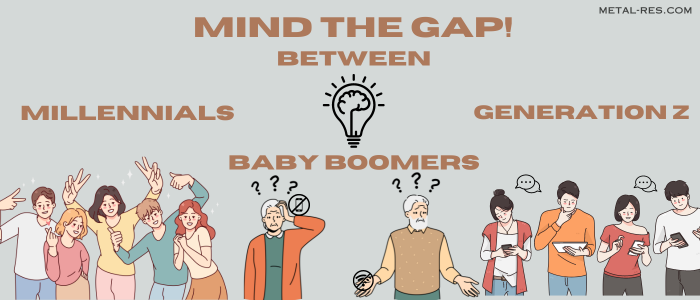


Technology fluency is another defining feature of Generation Z. Gen Z was born into a world of peak technological innovation. Information was instantly accessible and social media was becoming increasingly pervasive. In contrast, Millenials were considered “digital pioneers”..
The consequences of technological progress on Generation Z have been mixed. Gen Zers have access to a wealth of information to help them fill in knowledge gaps and take charge of their education. A computer can exacerbate isolation and result in a lack of social development. Furthermore, technology alters the economy, making low-income Generation Z vulnerable in the job market.
2. They have a practical and fiscal outlook.
One of Generation Z’s defining traits is a focus on personal finance. Many members of Generation Z saw their parents’ finances severely strained by the Great Depression. Having seen their parents struggle, today’s youth are motivated by a need for practicality and safety.
While Millennials grew up during a prosperous economic period, the members of Generation Z experienced hardships such as the rising cost of housing as they entered adulthood. They prioritize frugal spending, secure employment, and make astute financial decisions.
3. Their mental health problems stem from a wide variety of causes.
A tragic characteristic of Gen Z is that they have mental health issues. This generation has been called the “loneliest generation” because they spend so much time online, which can lead to feelings of isolation and depression. Less time is spent cultivating meaningful relationships due to the increased use of electronic media such as smartphones and streaming services like Netflix. There’s also the “compare and despair” trap many young people fall into because of social media.
The current condition of affairs is negatively impacting the mental health of Generation Z children. Many members of Generation Z, who are increasingly involved in politics, have internalized the anxiety caused by growing concerns about gun control, police brutality, and climate change.
4. The consumers are a shambles.
Generation Z’s values and the increasingly digital environment are reflected in their purchasing habits. Generation Z can rely on their extensive use of technology and social media to make wise purchases. Their practical nature compels people to consider alternatives before committing to a single product. Furthermore, they are more affected by the recommendations of actual users than by celebrity endorsements.
Final Thought – Retirement Plan
Regarding retirement planning, millennials have already surpassed their Baby Boomer counterparts. By saving money in their mid-20s, today’s youth have reached their aging parents’ younger generations by roughly ten years.
According to a Pew research center study last year, millennials had more extensive 401(k) holdings than Gen Xers at the same age.
The news isn’t all positive, though. Younger Generation Y may be saving more because they don’t anticipate earning a pension from their employers. While 84% of full-time workers at large organizations contributed to a pension plan in 1981, only 28% of full-time workers will do so by 2020.
